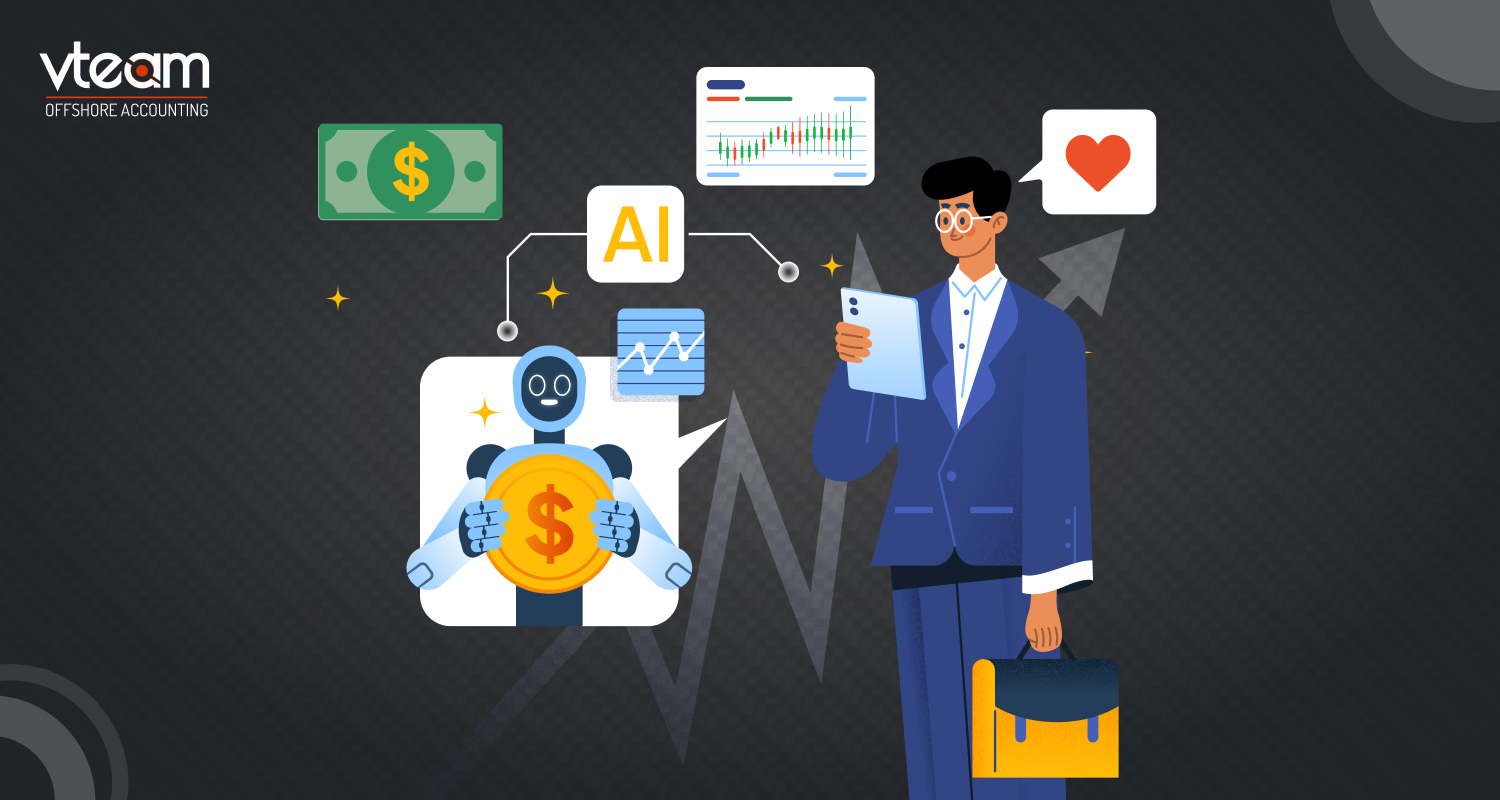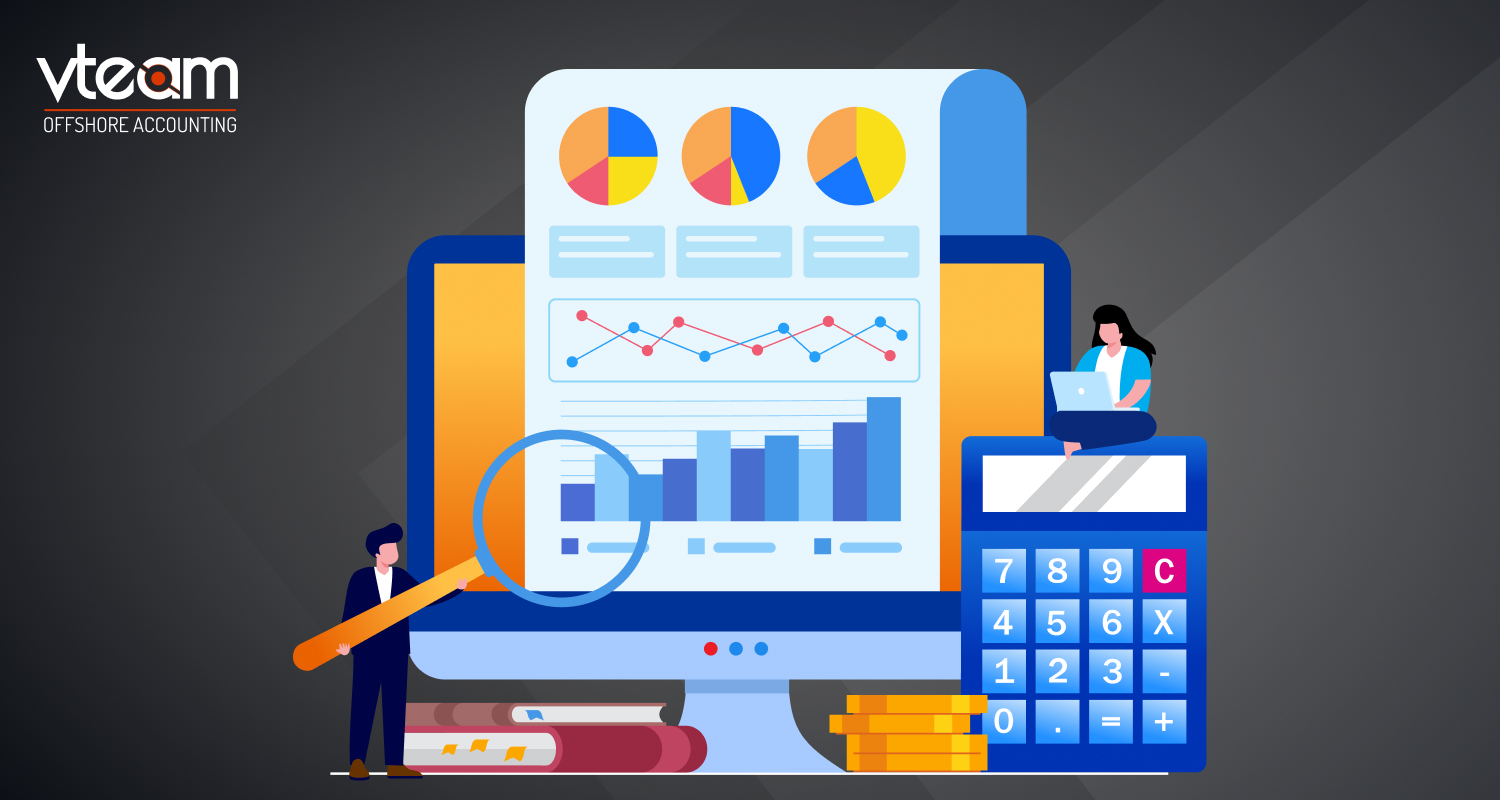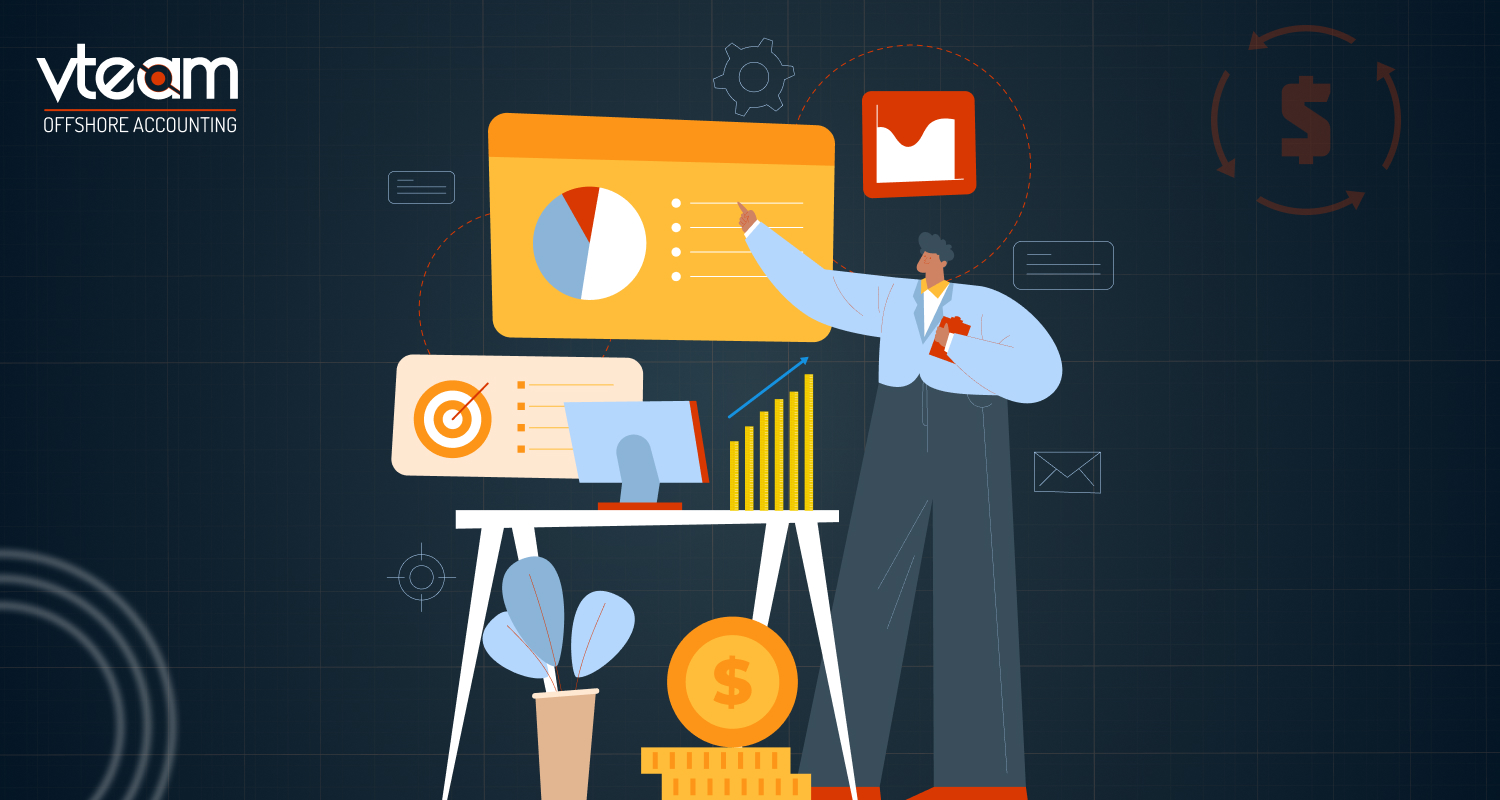The financial industry has seen a substantial increase in profits due to the use of technology, and AI and automation, the two giants in financial analysis, have recently come into the picture. Financial professionals are finding it easier to make decisions by using AI and automation to raise the accuracy of market predictions and quicken the processing of the data. The speed at which extensive datasets are analyzed, the priorities of the market are enkindled, and the risk of errors made by humans are minimized, which are the things that will make it possible in the future to forecast and make financial decisions.
In this blog, we will explore the significance of AI and automation in financial analysis, their real-life influence on the industry, and the pros and cons of their implementation for financial professionals.
What is AI and Automation in Financial Analysis?
Artificial Intelligence (AI) is the process of creating algorithms and systems that can make machines appear to have human intelligence. Financial AI is a computerized process of data scrutinizing that comes up with data predicting, trend spotting, and decision choice, which are also handled by human beings. In fact, these systems implement machine learning (ML) models, deep learning, natural language processing (NLP), and neural networks to execute different operations, such as determining the possibility of risk and detecting fraud.
On the other hand, automation in financial analysis involves using technology to outsource routine and repetitive tasks with minimum human effort. It typically implies a software-assisted approach to data collection, reporting, portfolio management, compliance monitoring, and other operational processes.
Financial analysts become more efficient and effective when AI and automation work harmoniously. The technologies assist the analysts by automating manual processes and providing data-driven insights that allow them to consider strategic tasks such as interpretations and decisions.
Also Read: Essential Financial Metrics Every Business Owner Should Monitor for Success
Key Functions of AI and Automation in Financial Analysis:
- Data Analysis and Insights Generation: AI algorithms can process and analyze large datasets much faster than humans, helping to uncover trends, correlations, and market signals that are not immediately obvious.
- Predictive Modeling: AI is used to create predictive models for forecasting market trends, assessing risk, and evaluating investment opportunities.
- Algorithmic Trading: Automation has revolutionized trading by enabling algorithms to buy and sell financial instruments at optimal times without human intervention.
- Robotic Process Automation (RPA): RPA is used to automate mundane tasks such as data entry, report generation, and transaction monitoring, freeing up human analysts for more complex decision-making tasks.
Impact of AI and Automation on the Financial Industry
The financial industry is undergoing significant changes due to the widespread adoption of AI and automation. These technologies are helping financial institutions gain competitive advantages, improve decision-making, and offer more personalized services to clients. Here’s a look at the most notable impacts:
1. Enhanced Decision-Making and Efficiency
AI and automation have dramatically increased the speed and accuracy of financial decision-making. AI can continuously learn from data and improve its predictions through machine learning, allowing analysts to make more informed decisions based on real-time market data.
For instance, AI-based predictive models can analyze thousands of data points, such as historical prices, trading volume, and macroeconomic indicators, to forecast asset prices or detect market anomalies. Automation tools, such as Robotic Process Automation (RPA), allow routine tasks like report generation and data entry to be performed without human oversight, dramatically improving efficiency and freeing up analysts for higher-level functions.
2. Better Risk Management
Risk management is one of the most important aspects of financial analysis. Traditional risk assessment models rely heavily on historical data, but AI and automation can create more sophisticated models that account for a broader range of variables, including real-time market data, geopolitical factors, and social sentiment.
AI models can detect emerging risks earlier and more accurately, allowing institutions to mitigate them before they escalate. In fraud detection, machine learning algorithms can identify unusual behavior patterns that may signal fraudulent transactions, alerting financial institutions and clients to take action.
3. Personalized Customer Experiences
AI has enabled financial institutions to offer highly personalized services to clients. By analyzing large datasets, including customer behavior, preferences, and transaction history, AI can create tailored financial advice, investment strategies, and product recommendations.
Chatbots powered by AI can answer customer queries instantly and guide them through processes such as loan applications or investment portfolio management. This level of personalization has improved customer satisfaction and engagement, boosting client retention.
4. Reduction of Human Error
Human error is inevitable in manual processes, especially when dealing with large volumes of data. AI and automation reduce these errors by performing repetitive tasks with consistent accuracy. For example, in financial reporting, AI tools can automatically reconcile accounts, generate financial statements, and flag discrepancies, reducing the risk of mistakes that could lead to financial losses or regulatory violations.
5. Cost Reduction
AI and automation help financial institutions reduce operational costs by automating tasks that would typically require manual intervention. Firms can allocate resources more effectively with fewer employees for routine tasks. Automation also helps institutions scale their operations without the proportional increase in overhead costs, allowing them to remain competitive in a cost-sensitive market.
Also Read: How Effective Financial Forecasting Contributes to Your Business’s Success
Pros and Cons of AI and Automation in Financial Analysis
Like any technological innovation, AI and automation in financial analysis have advantages and challenges. Let’s examine both sides.
Pros:
- Increased Efficiency AI and automation eliminate repetitive tasks, allowing financial analysts to focus on high-value activities such as strategic planning and interpreting complex data. This increase in productivity translates to faster decision-making and improved overall performance.
- Improved Accuracy and Consistency AI systems reduce human error, ensuring that financial analyses and reports are more accurate and consistent. For instance, AI-driven analytics tools can process large amounts of data without the inconsistencies and mistakes that often arise when humans handle data manually.
- Faster Decision-Making AI can process and analyze vast amounts of data in real time, enabling financial institutions to make quicker and more informed decisions. This speed is crucial in a fast-paced market where timing can make the difference between profit and loss.
- Advanced Data Analysis Capabilities AI’s ability to analyze complex data sets and uncover hidden trends or correlations is a significant advantage. This allows financial analysts to gain deeper insights into market behaviors, investment opportunities, and risk factors that traditional methods might miss.
- Cost Efficiency Automating routine tasks reduces labor costs and improves operational efficiency. Financial institutions can save on administrative and operational costs, which can be reinvested into other business areas.
Cons:
- Initial Implementation Costs One significant drawback of adopting AI and automation technologies is the high initial investment. Developing or purchasing AI tools, integrating them into existing systems, and training staff can be expensive. Smaller financial firms may struggle to afford these upfront costs.
- Job Displacement Automation may lead to job displacement, particularly for those involved in routine tasks such as data entry, report generation, and transaction monitoring. While new roles are likely to emerge, there is concern that automation could lead to job losses in the short term, especially for entry-level positions.
- Dependence on Data Quality AI models and automated systems rely heavily on the data quality they are trained on. If the data is incomplete, outdated, or biased, the system’s predictions and recommendations could be flawed, leading to inaccurate analyses and potentially costly mistakes.
- Security and Privacy Concerns With AI systems handling sensitive financial data, there are concerns about the security and privacy of that data. Hackers may attempt to exploit vulnerabilities in AI-powered systems, potentially exposing clients’ financial information.
- Lack of Human Intuition While AI and automation excel at data analysis, they lack the human intuition and judgment that can be crucial in specific financial scenarios. For example, human judgment can provide insights that AI algorithms might overlook during market volatility or crisis periods.
Conclusion
AI and automation have undeniably transformed financial analysis, providing unprecedented speed, accuracy, and efficiency in decision-making. The ability to automate routine tasks and harness the power of advanced data analytics has allowed financial analysts to focus on more strategic and creative aspects of their work. The benefits of AI and automation—such as improved accuracy, better risk management, and cost savings—are clear, making them indispensable tools for modern financial institutions.
However, as with any technology, there are challenges to consider, including high implementation costs, potential job displacement, and concerns about data security. The future of AI and automation in financial analysis will likely involve balancing technology for efficiency with ensuring human oversight where it matters most.
Ultimately, the combination of AI, automation, and human expertise is set to redefine the future of financial analysis, empowering professionals to make smarter, data-driven decisions that can drive growth, innovation, and success in an increasingly complex financial world.




